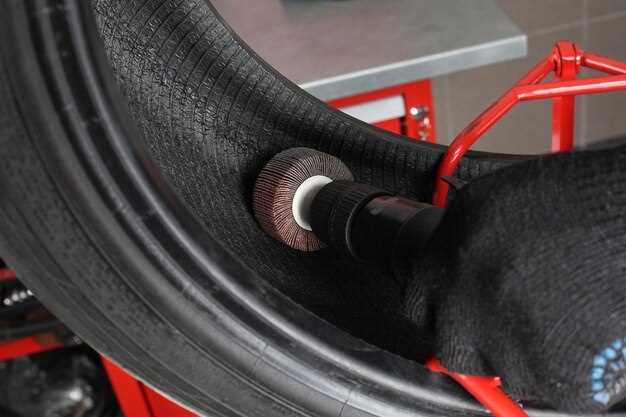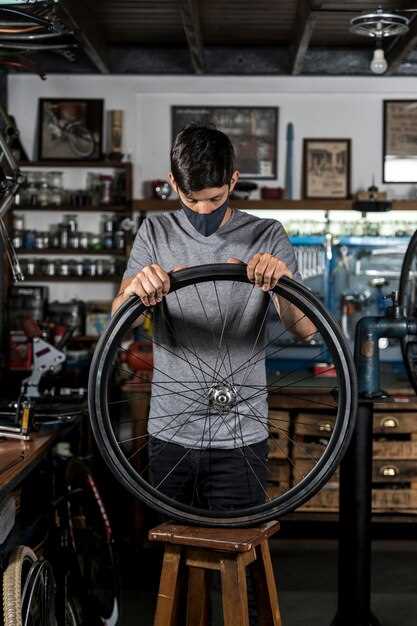
The ongoing debate between racing inner tubes and tubeless systems has sparked significant discussion among cycling enthusiasts and professional racers alike. Each option presents its own set of advantages and drawbacks, impacting performance, reliability, and overall riding experience. Understanding these differences is crucial for making an informed decision tailored to individual cycling needs and preferences.
At their core, inner tubes are traditional components that have been a staple in bicycles for decades. They offer a simple and familiar setup, making tire maintenance and replacement straightforward. On the other hand, tubeless systems eliminate the need for tubes by creating an airtight seal between the tire and rim, thereby reducing the likelihood of pinch flats and allowing for lower tire pressures. This evolution in bicycle technology has sparked interest among riders looking to enhance their performance on various terrains.
In this article, we will delve deeper into the characteristics of both tubed and tubeless systems, examining their respective benefits, potential pitfalls, and what considerations cyclists should keep in mind when choosing the optimal setup for their racing pursuits.
Performance Benefits of Tubeless Systems in Racing

Tubeless systems offer significant performance advantages over traditional inner tube setups, making them a popular choice among competitive racers. One of the primary benefits is the reduction in rolling resistance. Without an inner tube, the tire can conform better to the surface, allowing for lower friction and a smoother ride. This translates into enhanced speed and agility on the track.
Another key advantage of tubeless systems is their ability to run at lower pressures. Lower tire pressure increases traction and improves handling, especially in variable conditions. This is particularly advantageous in racing, where cornering stability and grip are crucial for optimal performance. Racers can take sharper turns with confidence, knowing that the tire is less likely to lose contact with the track.
Moreover, tubeless systems mitigate the risk of pinch flats, a common problem in tube-based configurations. By eliminating the inner tube, racers are less likely to experience punctures caused by impacts from rocks or other debris. This reliability can lead to fewer pit stops and ultimately a better overall time during races.
Tubeless setups also benefit from the use of sealant, which can instantly fix small punctures as they occur. This self-sealing capability ensures that racers can maintain tire pressure and performance without interruption, allowing them to focus on their race strategy rather than worrying about potential tire failures.
In summary, the performance benefits of tubeless systems in racing–enhanced speed, improved traction and handling, reduced risk of flats, and excellent self-sealing properties–make them a superior choice for serious competitors looking to maximize their efficiency and results on the track.
Common Issues with Inner Tubes During Competitive Events

Inner tubes, while a traditional choice for many competitive cyclists, present several challenges that can impact performance during high-stakes events. One of the most prevalent issues is punctures. Sharp objects on the road or trail can easily compromise the integrity of a tube, leading to immediate deflation and loss of momentum. In a race setting, this can be detrimental, as quick repairs may not be feasible.
Another issue with inner tubes is the risk of pinch flats. These occur when a tire compresses against the rim during hard impacts, creating a sharp pinch that can rupture the tube. This problem is particularly common in competitive environments where rough terrains or obstacles are present, potentially forcing riders to stop and fix their equipment.
Heat buildup is also a concern. During competitive racing, tires can heat up significantly due to speed and friction. A tube that is not adequately inflated can exacerbate this problem, leading to blowouts. Maintaining proper tire pressure is crucial, yet it can be easily overlooked in the excitement of a race.
Additionally, inner tubes can be affected by temperature fluctuations. In cold conditions, rubber can become brittle, increasing the likelihood of cracks and failures. Conversely, excessive heat can weaken the material, leading to structural compromise. These environmental factors must be considered carefully by racers who opt for tube setups.
Finally, the issue of weight plays a crucial role in competitive racing. Inner tubes generally add extra weight compared to tubeless systems, where sealant and air are the primary components. This added weight can hinder performance, especially in races where every gram counts, making tubeless systems an attractive alternative for serious competitors.
Installation and Maintenance: Which System is More User-Friendly?
When comparing racing inner tubes and tubeless systems, one of the key considerations is their installation and maintenance. Inner tubes are generally easier to install for beginners. They require basic tools such as tire levers and a pump. Most cyclists can quickly fit a replacement tube in the event of a flat tire, making it a convenient choice for those who prefer a straightforward setup.
In contrast, tubeless systems demand a bit more expertise during installation. The process involves sealing the rim, mounting the tire, and adding sealant to prevent air leaks. This can be challenging for those unfamiliar with the procedure. However, once set up correctly, tubeless systems offer advantages such as reduced risk of pinch flats and the ability to run lower pressures for better traction.
Maintenance also varies significantly between the two systems. Inner tubes usually require periodic inspections for wear and tear, but they do not need much ongoing attention. When a tube punctures, the solution is straightforward–replace it and pump it up. Tubeless setups, however, require regular maintenance of the sealant, which can dry out or become ineffective over time. Cyclists must routinely check and replenish their sealant to ensure optimal performance.
Overall, while inner tubes are user-friendly in terms of installation and minimal upkeep, tubeless systems provide higher performance and versatility once mastered. The choice largely depends on the rider’s skill level, preferences, and willingness to invest time into learning a more complex setup and maintenance routine.
